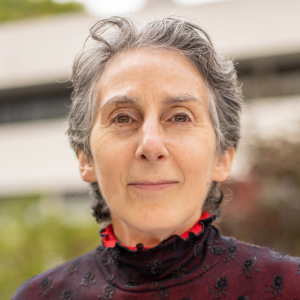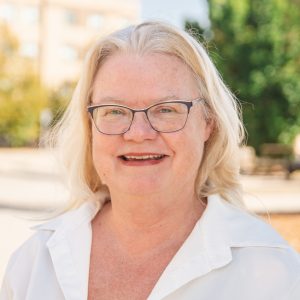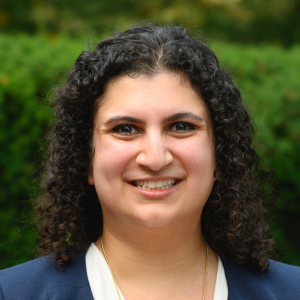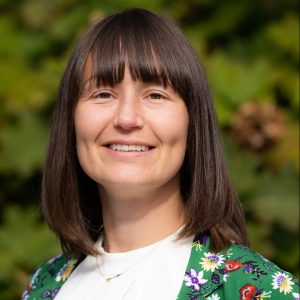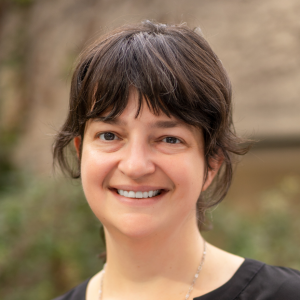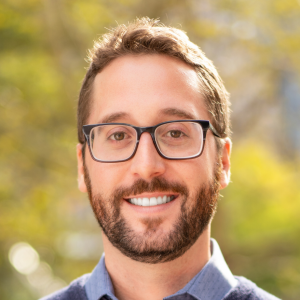We're helping the GTHA become net-zero by 2050
TAF is a regional climate agency that invests in low-carbon solutions for the Greater Toronto and Hamilton Area and helps scale them up for broad implementation. We are experienced leaders and collaborate with stakeholders in the private, public and non-profit sectors who have ideas and opportunities for reducing carbon emissions. We advance the most promising concepts by investing, providing grants, influencing policies and running programs. We’re particularly interested in ideas that offer benefits beyond carbon reduction such as improving people’s health, creating new green jobs, boosting urban resiliency, and contributing to a fair society. TAF is a proud member of the Low Carbon Cities Canada (LC3) network.
Scaling low-carbon solutions
For the GTHA to be carbon neutral by 2050, much needs to be done, and quickly. TAF is focused on enabling the acceleration and scale-up of low-carbon solutions so that we reach that goal.
Our Team
We're a dedicated, experienced, hard working group of people with a clear focus on reducing carbon emissions.
Our history
-
2019
Low Carbon Cities Canada (LC3) receives funding from the federal government. This national initiative will accelerate climate solutions in urban areas across the country. TAF spearheaded this initiative and will be leading the work in the region. -
2018
The first-ever regional inventory of carbon emissions, developed by TAF, helps policy makers and other in the GTHA better understand carbon sources and their local area, and what can be done -
2016
The Province of Ontario provides a new $17 million endowment and TAF expands its mandate to the GTHA. The name "Toronto" Atmospheric Fund is changed to "The" Atmospheric Fund. -
2014
TAF supports a new business venture to finance energy-efficient retrofits and wins Special Commendation at the Financial Times/International Finance Corporation Transformational Business Awards for its efforts. -
2012
TAF grants $190,000 to Evergreen, a non-profit environmental organization, to manage Move the GTHA, a collaboration of 12 multi-sector groups calling for new provincial funding for regional transit – the Province commits $1.5 billion annually in new funding in its 2014 budget. -
2011
City of Toronto's emissions drop 16% compared to 1990 levels, exceeding the Kyoto target. Canada's emissions rise 18%. -
2010
TAF initiates the Energy Savings Performance Agreement that allows owners of large buildings to invest in energy-efficient retrofits without having to take on a conventional loan. -
2009
TAF adds four new programs to advance low-carbon technologies: LightSavers (outdoor LED lighting), FleetWise (electric vehicles in fleets), SolarCity (urban solar energy), and TowerWise (high-rise building retrofits). -
2008
TAF finances a state-of-art retrofit for a high-rise building owned by the Parkdale United Church Foundation and lends $700,000 to Artscape to install a geothermal heating system at the Wychwood Arts Barn. -
2005
TAF co-creates the Green Condo Loan with Tridel; the developer uses the loan to incorporate energy-efficient measures in new condos that exceed the standards required by the Provincial Building Code. This paved the way for strengthened efficiency requirements for all new buildings in Toronto. -
2004
TAF grants Exhibition Place $250,000 to build a 100 kilowatt photovoltaic electricity generation plant on the roof of the Horse Palace – the largest in Canada at the time. -
2003
TAF works with Toronto Community Housing and the Federation of Canadian Municipalities to craft a financing plan to replace aging fridges, stoves, washers and dryers in 57,500 housing units with energy-efficient versions, reducing emissions by 5,500 tonnes per year. -
2002
TAF grants $130,000 to the Toronto Renewable Energy Co-operative to build North America’s first industrial-scale urban wind turbine at Exhibition Place. -
2001
TAF provides $335,000 over eight years to establish Smart Commute –now a regional Metrolinx program that helps employers reduce staff travel time and transportation emissions. -
2000
TAF establishes the Clean Air Partnership to support municipal climate and clean air actions in the Greater Toronto Area. -
1998
TAF provides a start-up loan of $20,000 to help launch AutoShare Inc. -
1997
TAF gives Ontario Clean Air Alliance $386,000 over nine years to end coal-fired electricity generation in Ontario. Coal phase-out is made official in April 2014, reducing carbon emissions by 69 million tonnes and improving Ontario’s air quality. -
1995
TAF lends $150,000 to Enwave District Energy Ltd to explore the feasibility of using water from Lake Ontario to cool large buildings. Zero-emission “deep water cooling” now powers air conditioning to 100 buildings in Toronto’s downtown core. -
1993
TAF undertakes its first financing project, lending the City of Toronto $15.3 million to upgrade street and lane lighting, reducing carbon emissions by 20,000 tonnes annually and saving $2.7 million/year. -
1991
Led by councillors Tony O’Donohue, Dan Leckie, and Jack Layton, Toronto City Council votes to establish the Toronto Atmospheric Fund with a $23 million endowment. -
1988
An international conference, “Changing the Atmosphere: Implications for Global Security” held in Toronto inspires City Councillor Tony O’Donohue to call for local action on climate change.

